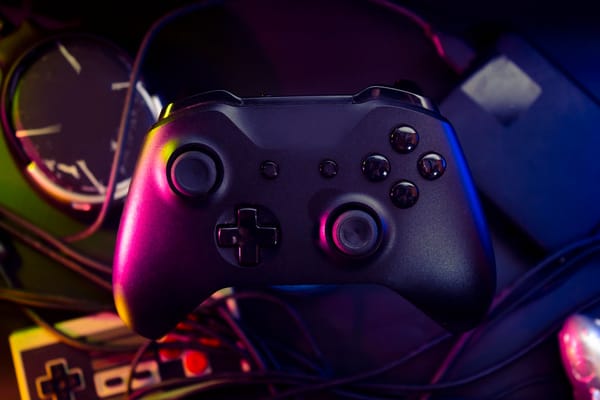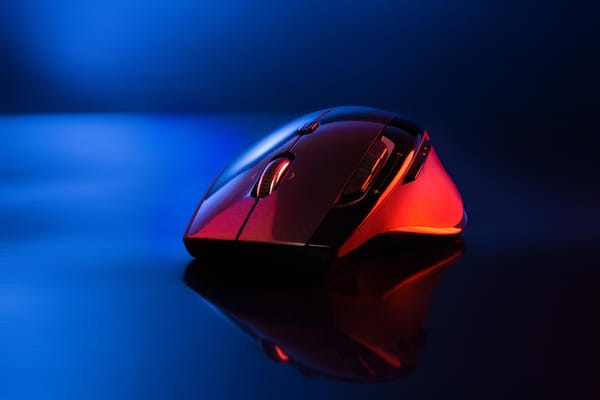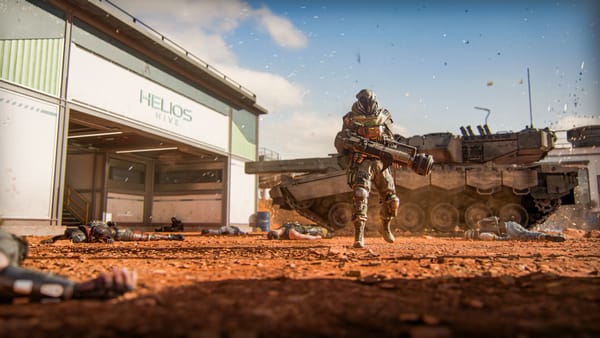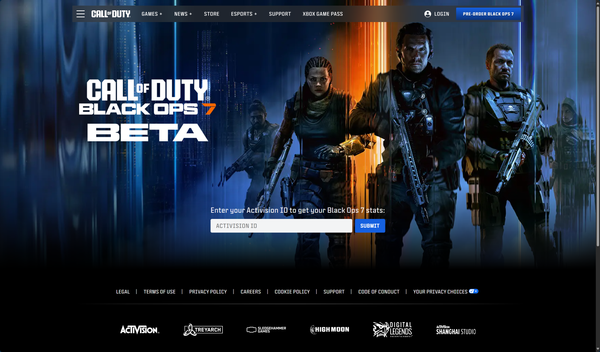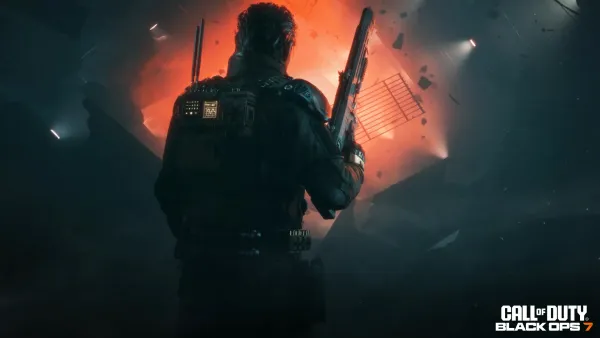Aim assist is one of the most discussed—and sometimes controversial—features in the Call of Duty (CoD) franchise. Designed to level the playing field for controller users in a game that supports cross-play between consoles and PC, aim assist helps players track and hit targets more effectively. Without it, controller players would struggle against the precision of mouse and keyboard (MnK) inputs. But what exactly is aim assist, how does it work, and why does it spark so much debate? In this detailed article, we'll break it down step by step, covering its mechanics, settings, tips for optimization, and the ongoing controversies surrounding it in titles like Black Ops 6 and beyond.
What Is Aim Assist?
At its core, aim assist is a software feature that subtly adjusts a player's aim when using a controller. It compensates for the limitations of analog sticks, which lack the pinpoint accuracy of a mouse. In Call of Duty, aim assist has been a staple since the early console days, evolving significantly with modern entries to support mixed-input lobbies.
Aim assist doesn't "aim for you" like an aimbot—it's not cheating or automated firing. Instead, it provides subtle aids like slowing down your crosshair when it's near an enemy or gently rotating it to follow a moving target. This makes close-quarters combat and tracking feel more natural on controllers, bridging the gap with MnK players who can flick and snap to targets instantly.
In recent games like Modern Warfare III (MW3) and Black Ops 6 (BO6), aim assist is integrated into multiplayer, Warzone, and Zombies modes. It's disabled in some competitive scenarios or can be toggled off, but most players keep it enabled for better performance.
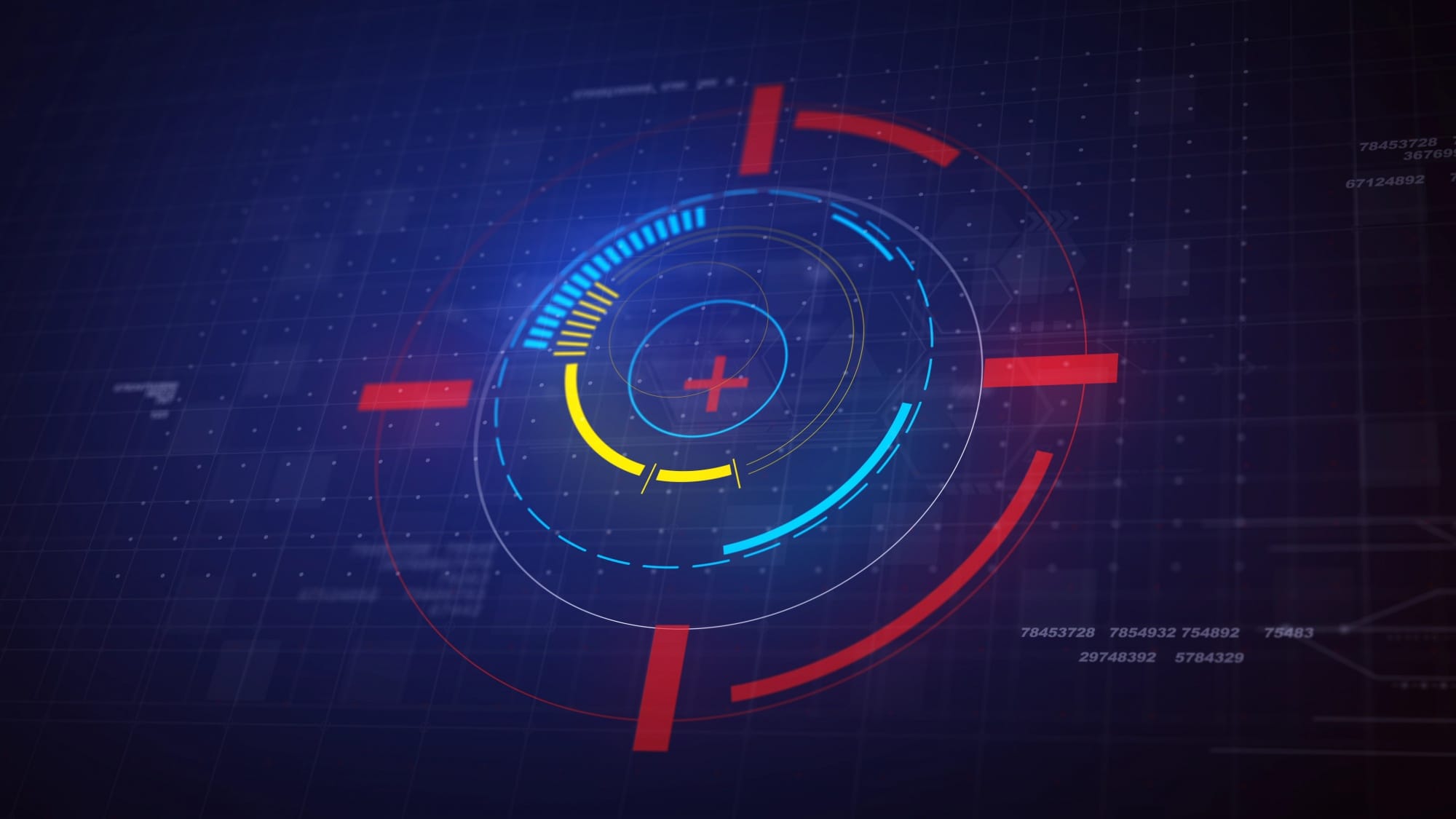
How Does Aim Assist Work in Call of Duty?
Aim assist in CoD operates through a combination of mechanics, primarily magnetism (or "snap") and rotation. Here's a breakdown:
- Magnetism/Snap: When your crosshair approaches an enemy, the game creates an invisible "bubble" around the target. If your aim enters this bubble, the crosshair snaps slightly toward the enemy's center mass (usually the chest or head). This is more pronounced in hip-fire or when aiming down sights (ADS). However, it's not instant; it requires player input to activate.
- Rotational Aim Assist (RAA): This is the powerhouse of modern CoD aim assist. When you're moving (strafing left/right, forward/backward), the game rotates your view to track the enemy's movement automatically. RAA kicks in strongest at close range (under 10-15 meters) and weakens or disappears at longer distances. To "abuse" it, players often strafe in circles around enemies to keep RAA active, making it feel like the aim is "sticky."
- Slowdown: Also known as "target aim assist," this reduces your aim sensitivity when the crosshair is over or near an enemy, giving you more time to fine-tune your shot. It's always on when aim assist is enabled and works in tandem with RAA.
in Black Ops 6, aim assist feels "nerfed" compared to MW3
These mechanics are tuned per game. For example, in Black Ops 6, aim assist feels "nerfed" compared to MW3, with reduced strength in close-range fights to balance gameplay. Warzone integrates aim assist across all modes, but environmental factors like smoke or obstacles can "break" it by interrupting the tracking bubble.
Aim Assist Settings in Call of Duty
CoD offers customizable aim assist settings to suit different playstyles. These are found in the Controller > Aiming tab in the settings menu. Here's a rundown based on Black Ops 6, the current title as of August 2025:
| Setting | Description | Recommended For |
|---|---|---|
| Target Aim Assist | Toggles the basic slowdown mechanic. | Always On for controllers. |
| Aim Assist Type | - Default/Standard: Balanced slowdown and rotation for general play. - Black Ops: Treyarch-specific tuning with stronger close-range stickiness but less long-range help. - Precision: Minimal assist, ideal for skilled players who want control. - Focusing: Extra help for beginners or when hip-firing. - Dynamic: Adaptive assist that scales with movement; a balanced choice for competitive play. | Black Ops or Dynamic for most players. |
| ADS Aim Assist Type | Similar to above but applies only when aiming down sights. | Match to your Aim Assist Type. |
| Third Person ADS Correction Type | Adjusts assist in third-person views (if applicable). | Assist for standard play. |
| Field of View (FOV) | Wider FOV (110-115) enhances peripheral vision but can weaken aim assist at edges. | 110-115 for balance. |
| Motion Sensor Behavior | Ties aim assist to motion controls if using gyro aiming. | Off unless using gyro. |
For Black Ops 6 specifically, pros recommend the Black Ops type for its "sticky" feel in multiplayer and Warzone. Experiment in the firing range to find what suits you—higher sensitivity (6-8) pairs well with stronger assist types.
In older games like Modern Warfare 2 (2022), settings were simpler, but you could "double" aim assist strength by using certain attachments like holographic sights, which extended the assist range.

Tips for Maximizing Aim Assist
To get the most out of aim assist:
- Strafe to Activate RAA: Always move side-to-side in fights—standing still disables rotation.
- Center Your Crosshair: Pre-aim at chest height before engaging to let assist take over.
- Use the Right Loadout: Attachments like extended mags or grips improve stability, enhancing assist effectiveness.
- Practice in Bots or Warzone: Test settings against AI to feel the "pull."
- Avoid Common Mistakes: Don't over-rely on it—combine with good positioning. High FOV can dilute assist, so adjust accordingly.
The Controversies Surrounding Aim Assist
Aim assist has been a flashpoint in the CoD community, especially since cross-play became standard. MnK players often call it "overpowered" or "soft aimbot," arguing that RAA gives controllers an unfair edge in close-range duels. Pros like OpTic FormaL have highlighted how modern aim assist is stronger than in older games like Infinite Warfare.
Devs have responded: In Black Ops 6, aim assist was nerfed, reducing its strength compared to MW3 to address complaints. Activision has hinted at further tweaks, but the community remains divided—some want it removed from PC lobbies, while others say it's essential for controllers.
In competitive play, aim assist is allowed, but pros on controllers dominate close-range meta, fueling the debate. Glitches, like broken assist in early Vanguard or Warzone, have also amplified frustrations.
Conclusion
Aim assist is a vital tool that makes Call of Duty accessible and fun for controller players, but it's not without its complexities and criticisms. Whether you're dialing in settings for Black Ops 6 or debating its balance in Warzone, understanding how it works can elevate your game. As CoD evolves— with Black Ops 7 on the horizon—expect more adjustments to keep the playing field fair. For the latest updates, check official CoD blogs or community forums. Happy gaming, and may your aim always be true! 💪


